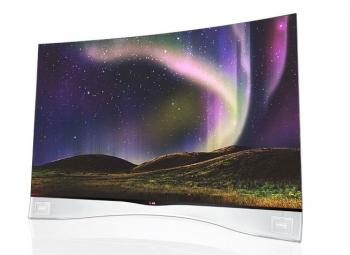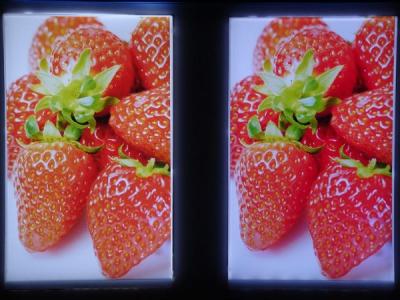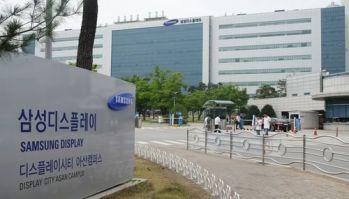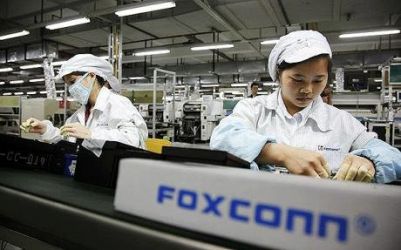IHS sees the OLED material market to rise 27% in 2014, to reach $445 million
IHS says that demand for OLED materials will rise almost 27% in 2014, to $445 million, up from $350 million in 2013. The market in 2013 grew 49% from 2012.
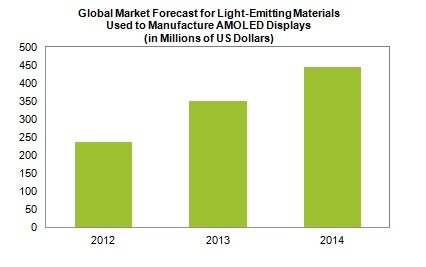
IHS says that they expect both AUO and Japan Display to start mass producing AMOLED panels in 2014. This means that there will be four major OLED makers in 2014 (AUO, JDI, SDC and LGD) compared to only one in 2012 (SDC). This means that material makers are expected to compete in a more diverse market environment with increased demand and a broader base of customers.


